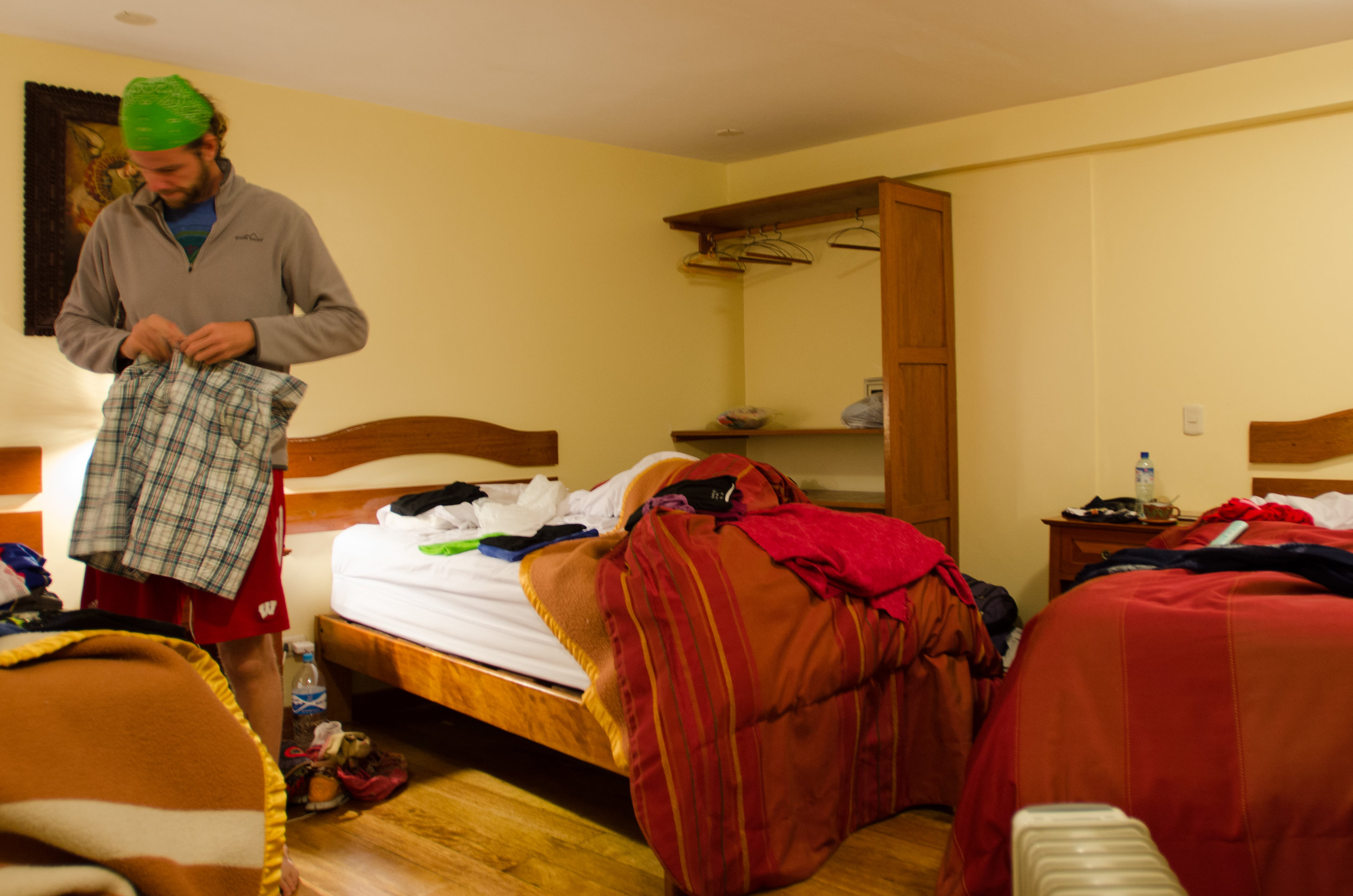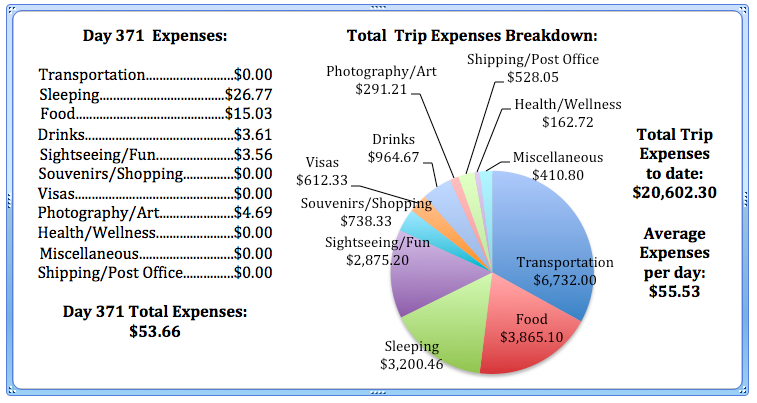Momma’s last full day in Peru! We’ve been moving so fast through Peru, that we were content with wandering around the city of Cusco and seeing what we could find. We hadn’t heard very good things about the Inca Museum(s) so instead we headed towards one of the higher rated museums first, The Center for Traditional Textiles, walking past Quirikancha, once the most important temple in the Incan Empire, and then through the many squares of Cusco, ending up at the Chocolate Museum.
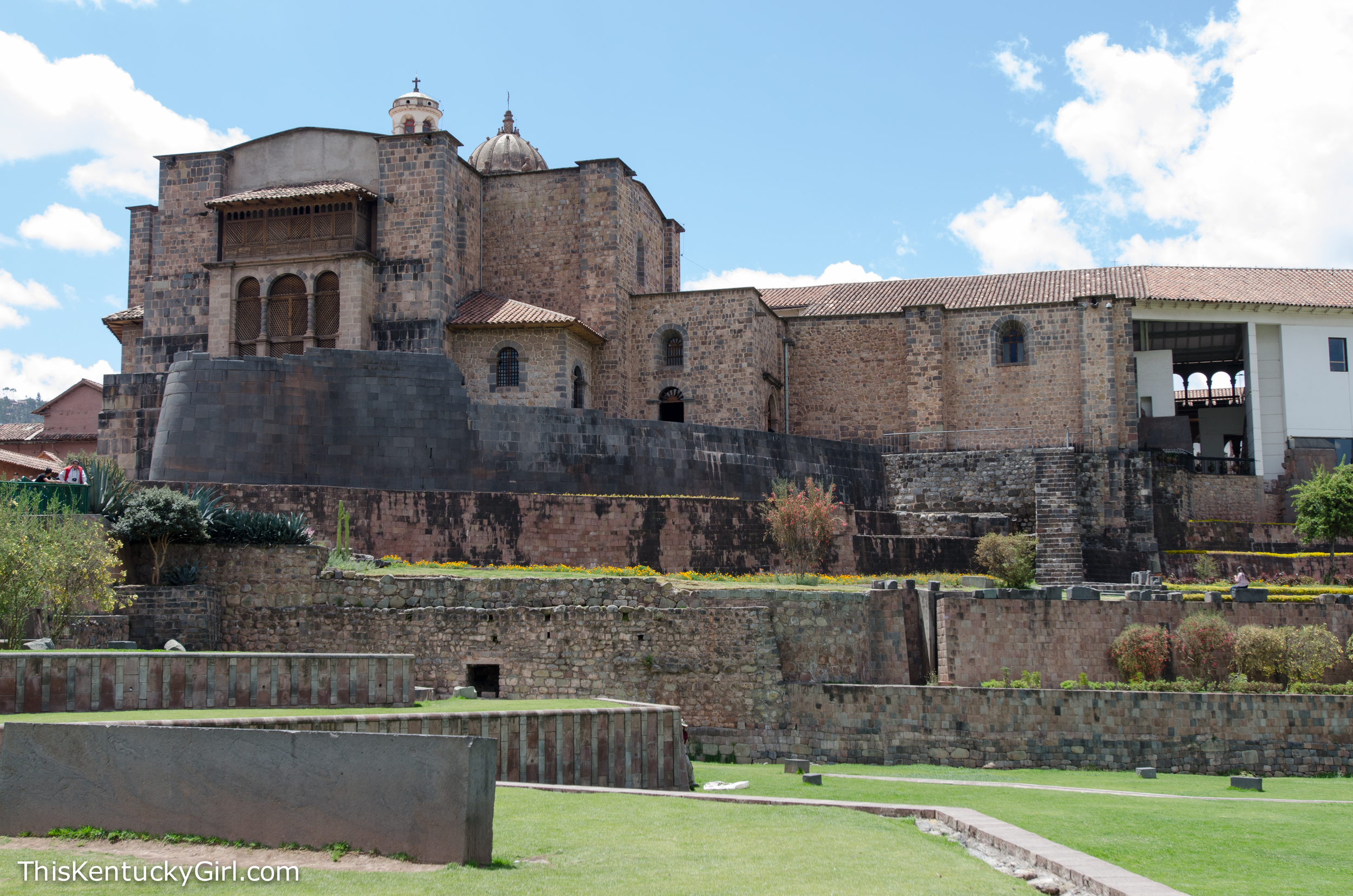
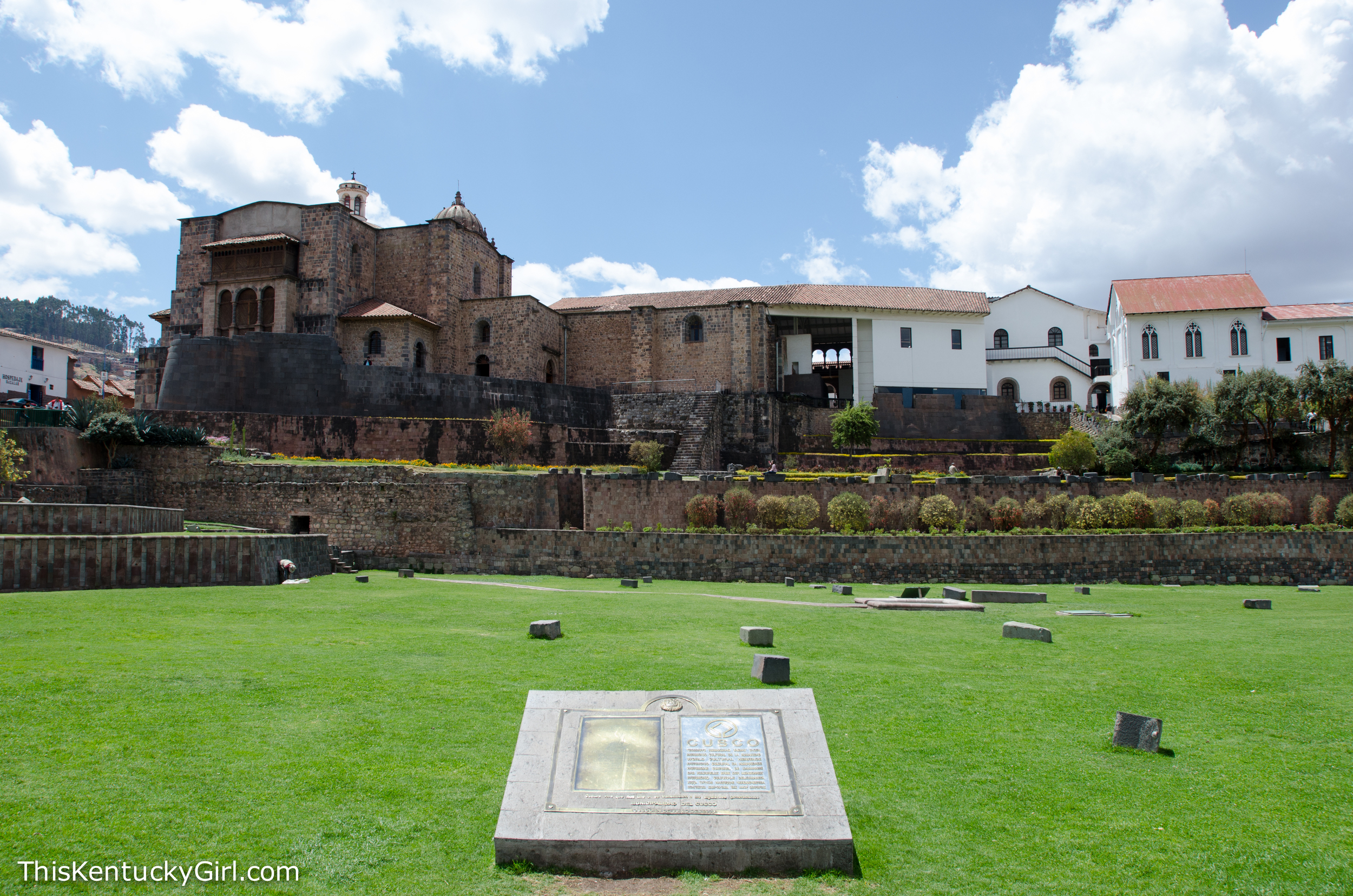
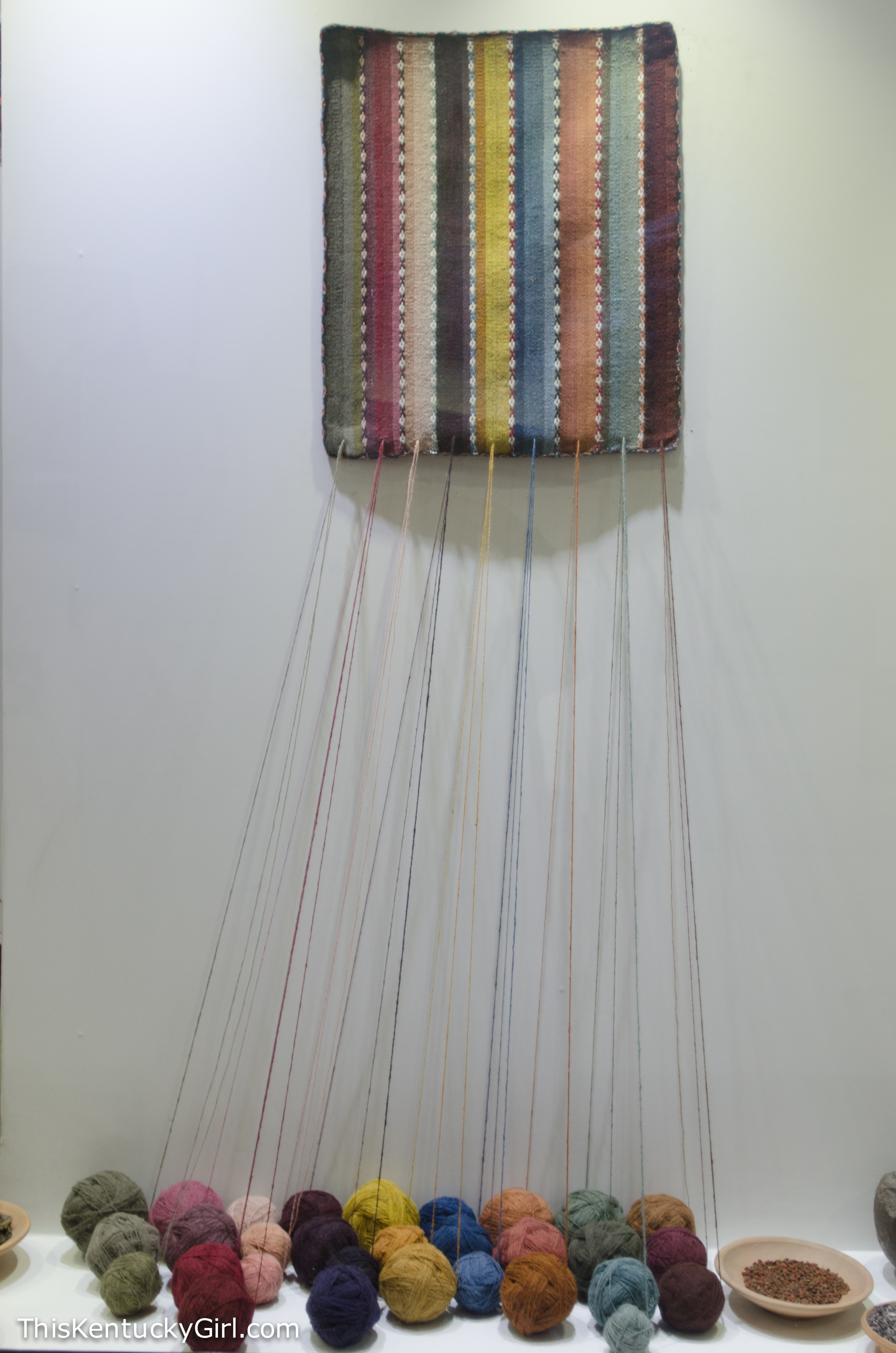
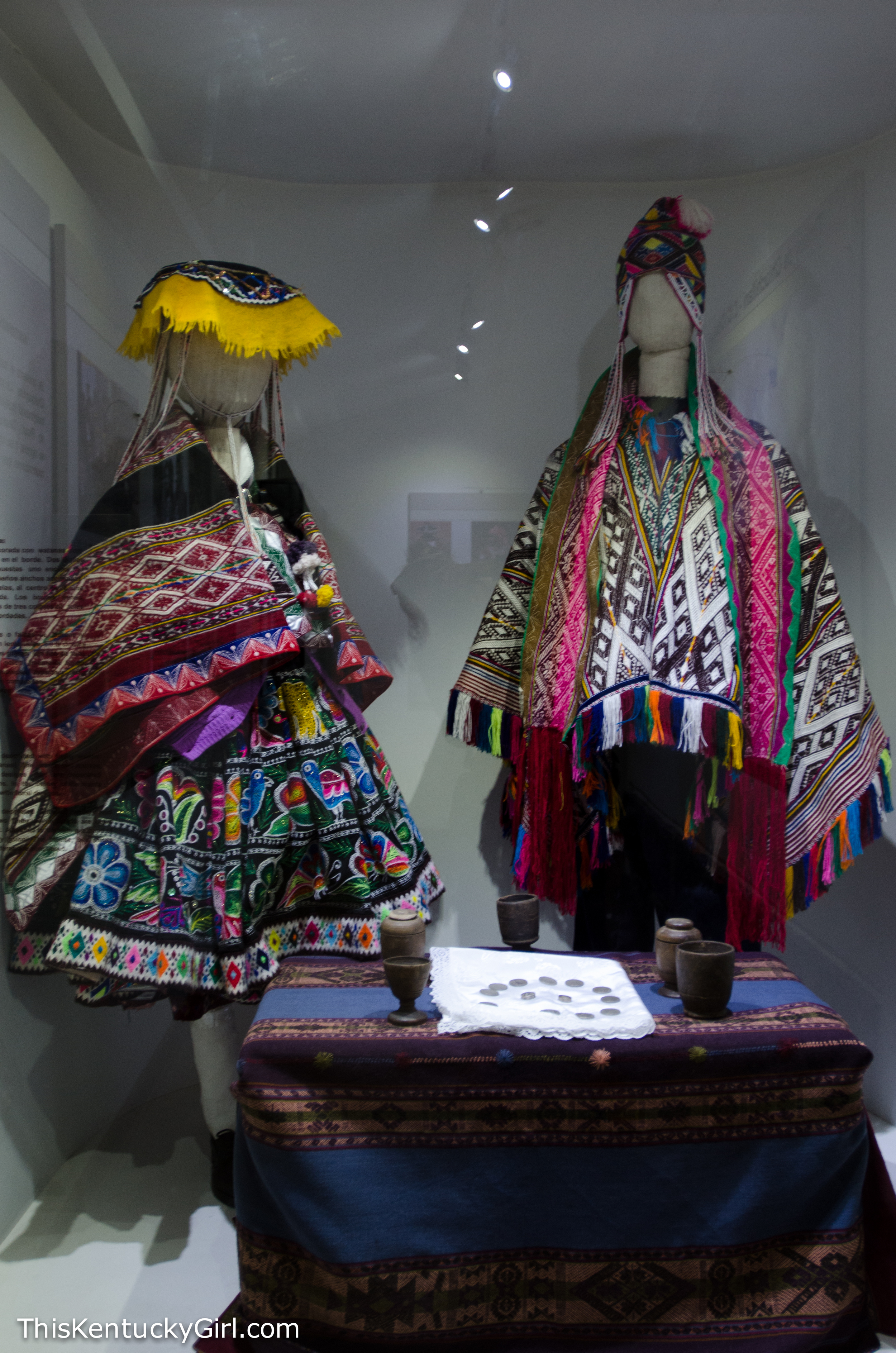

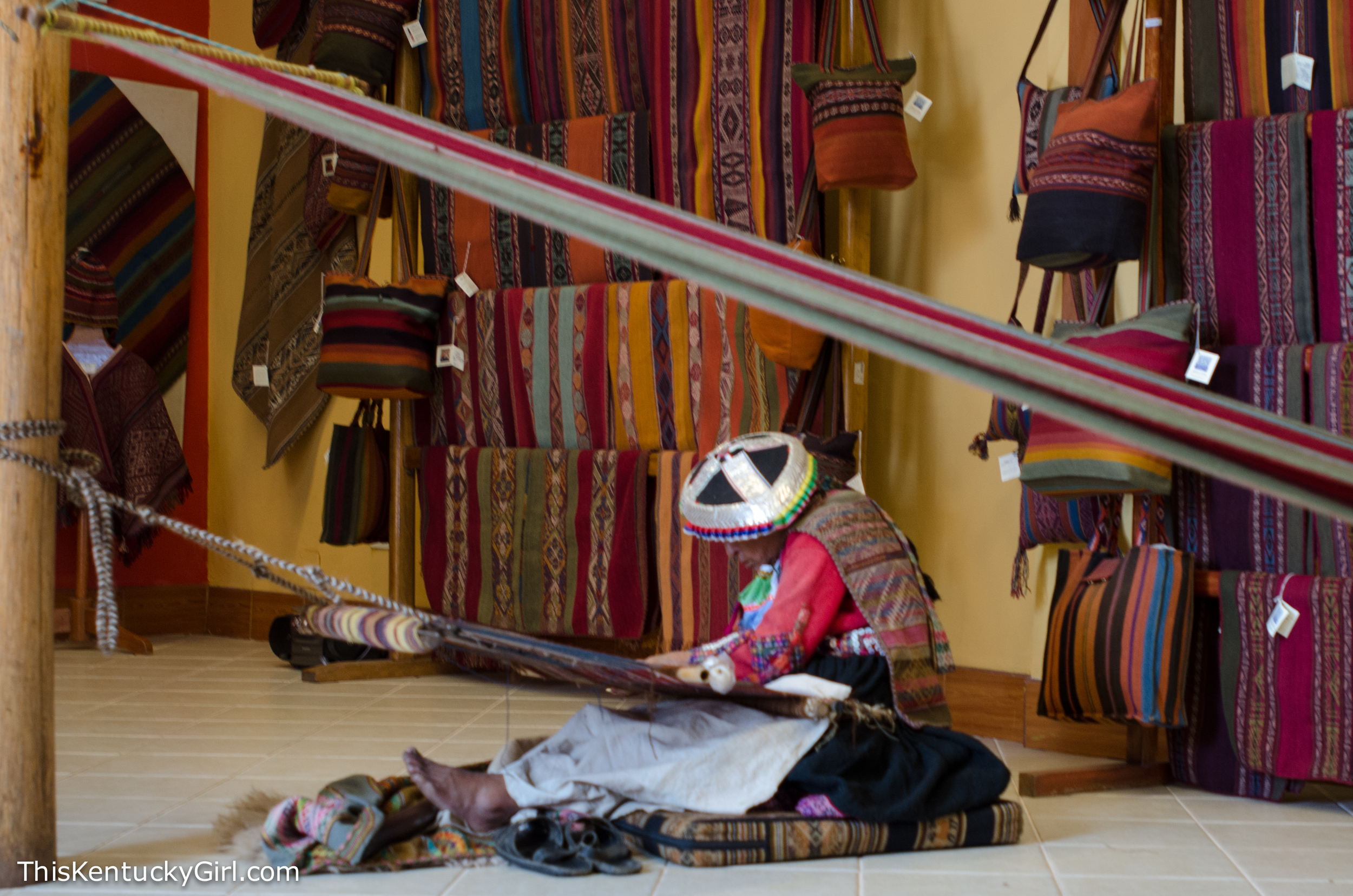
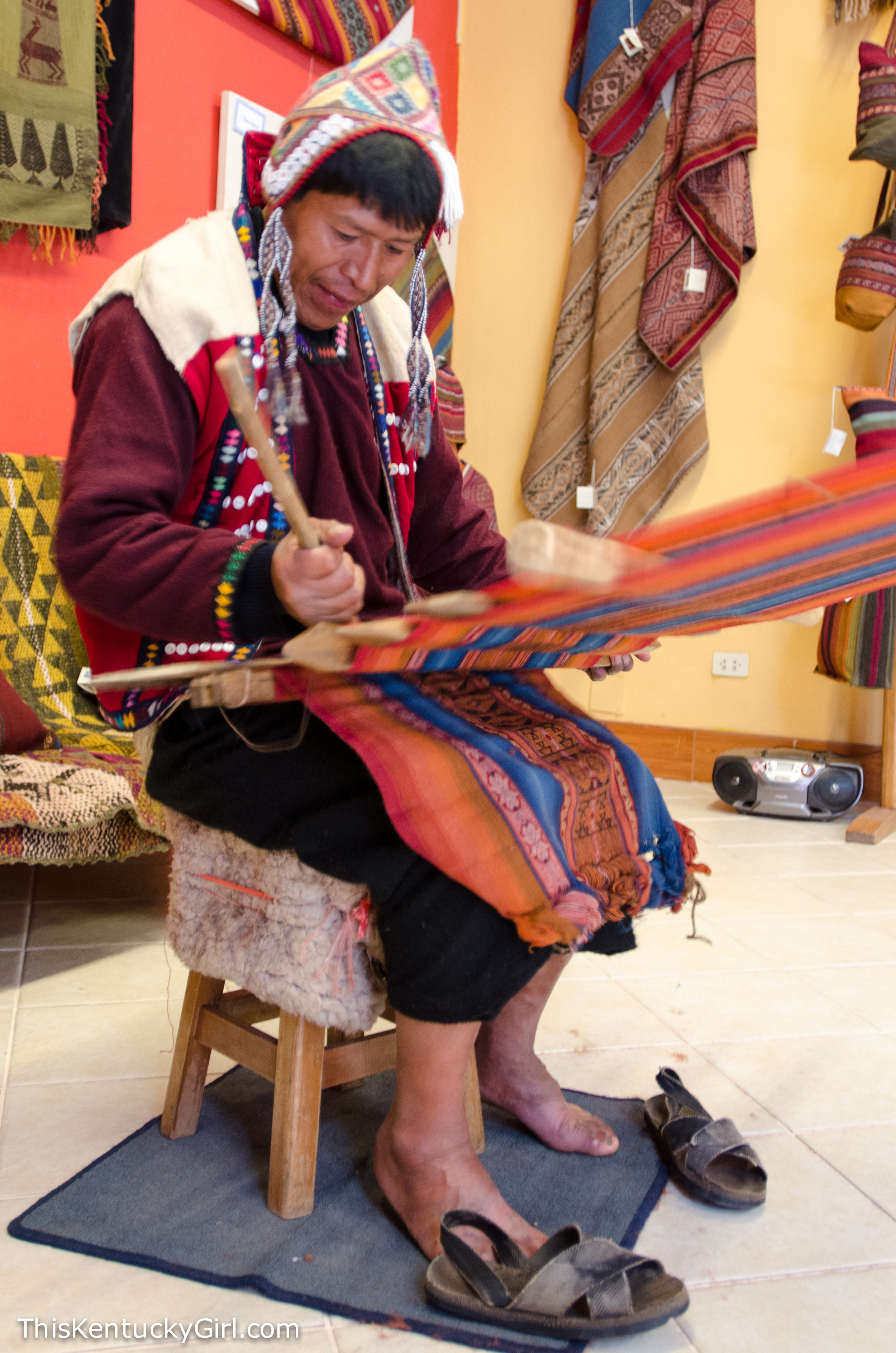
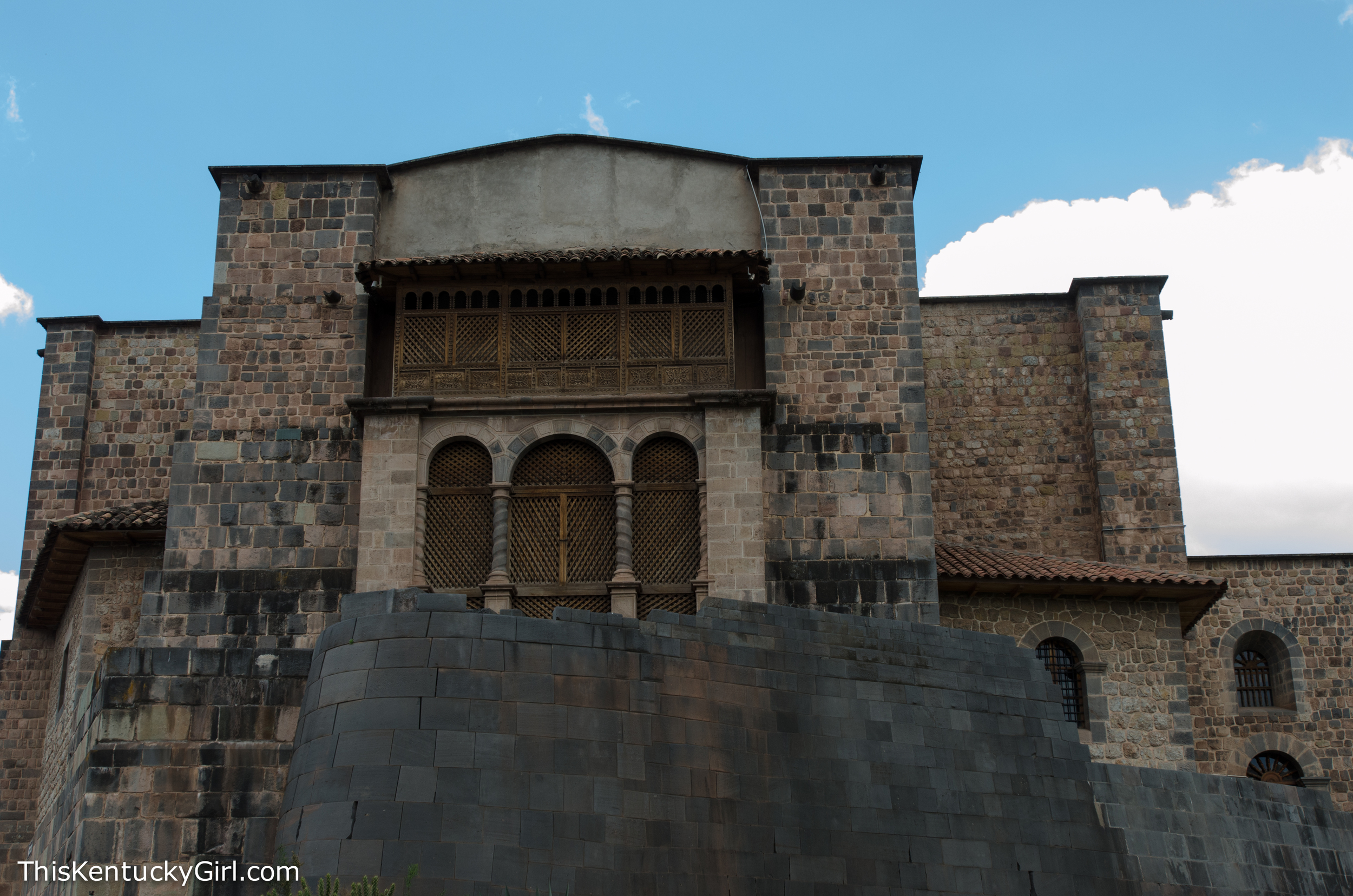
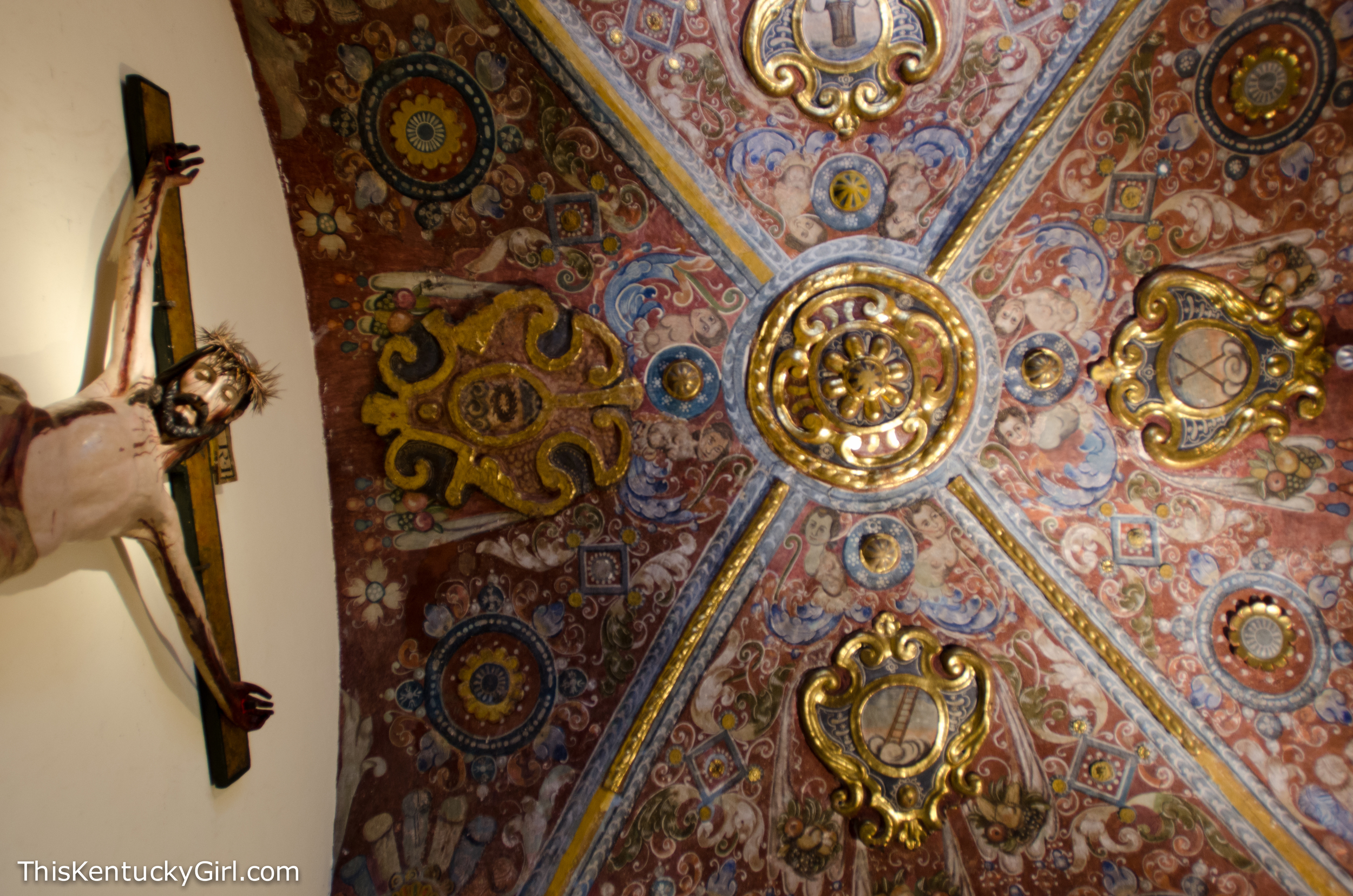
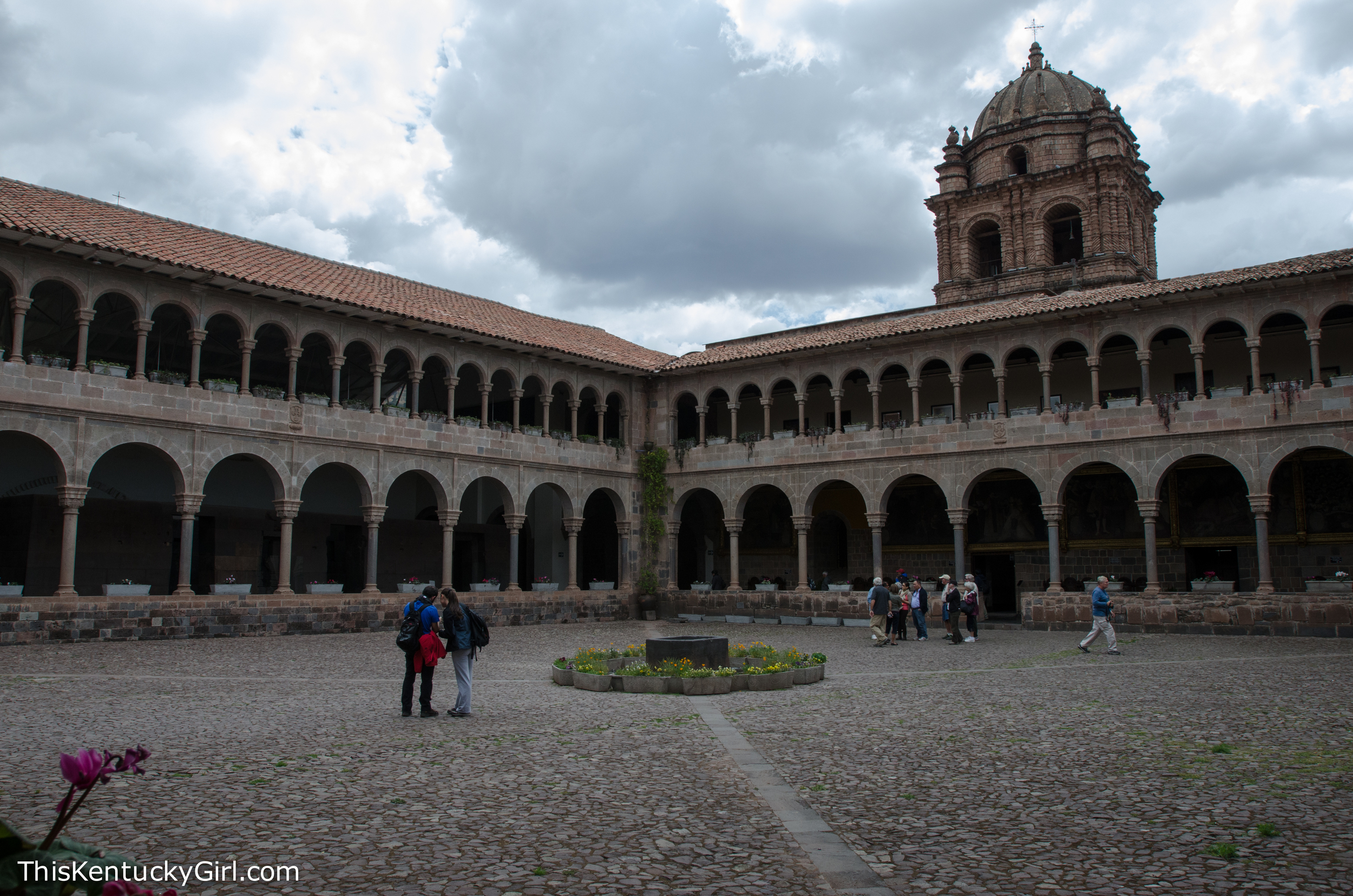
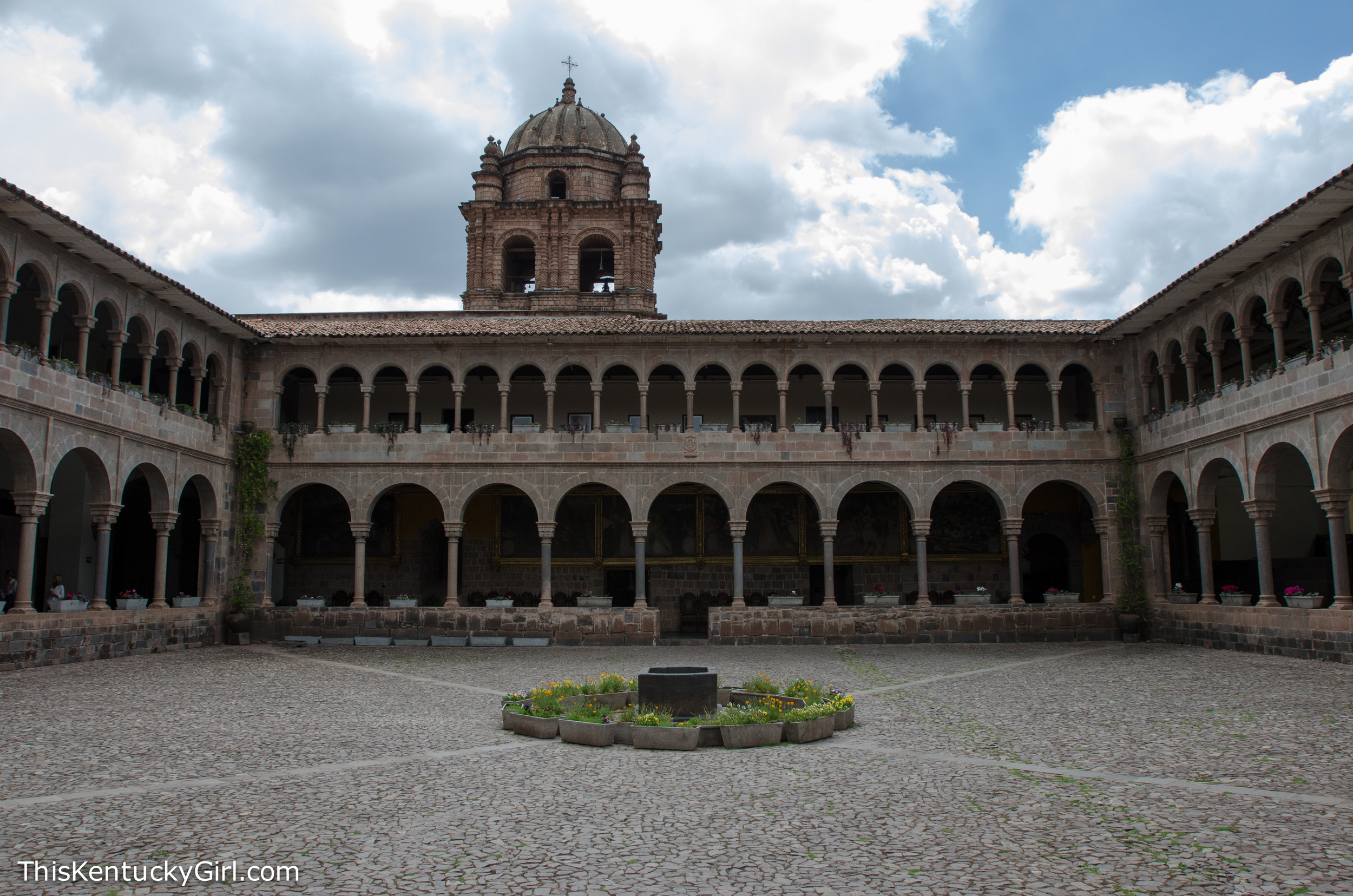



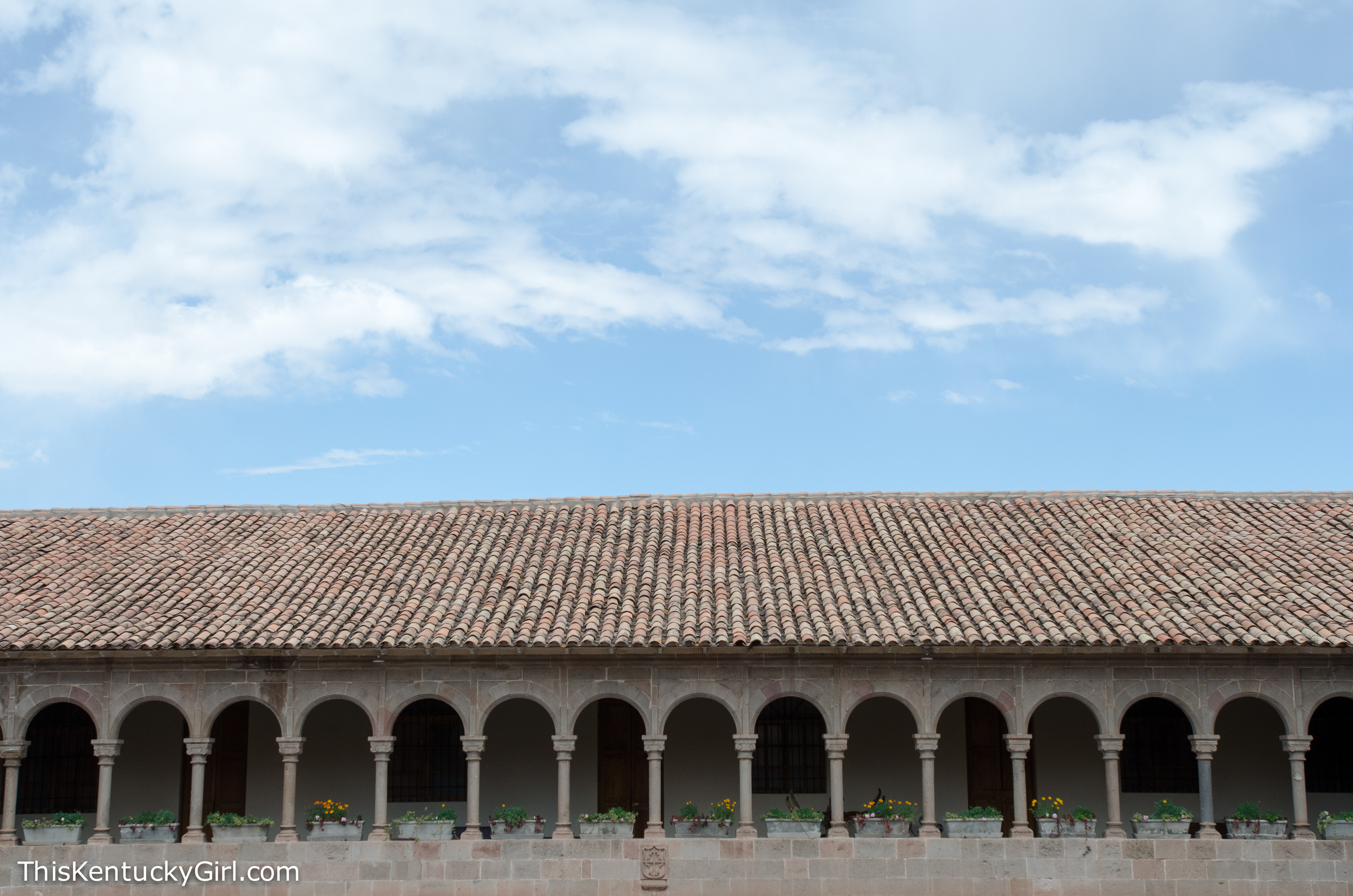
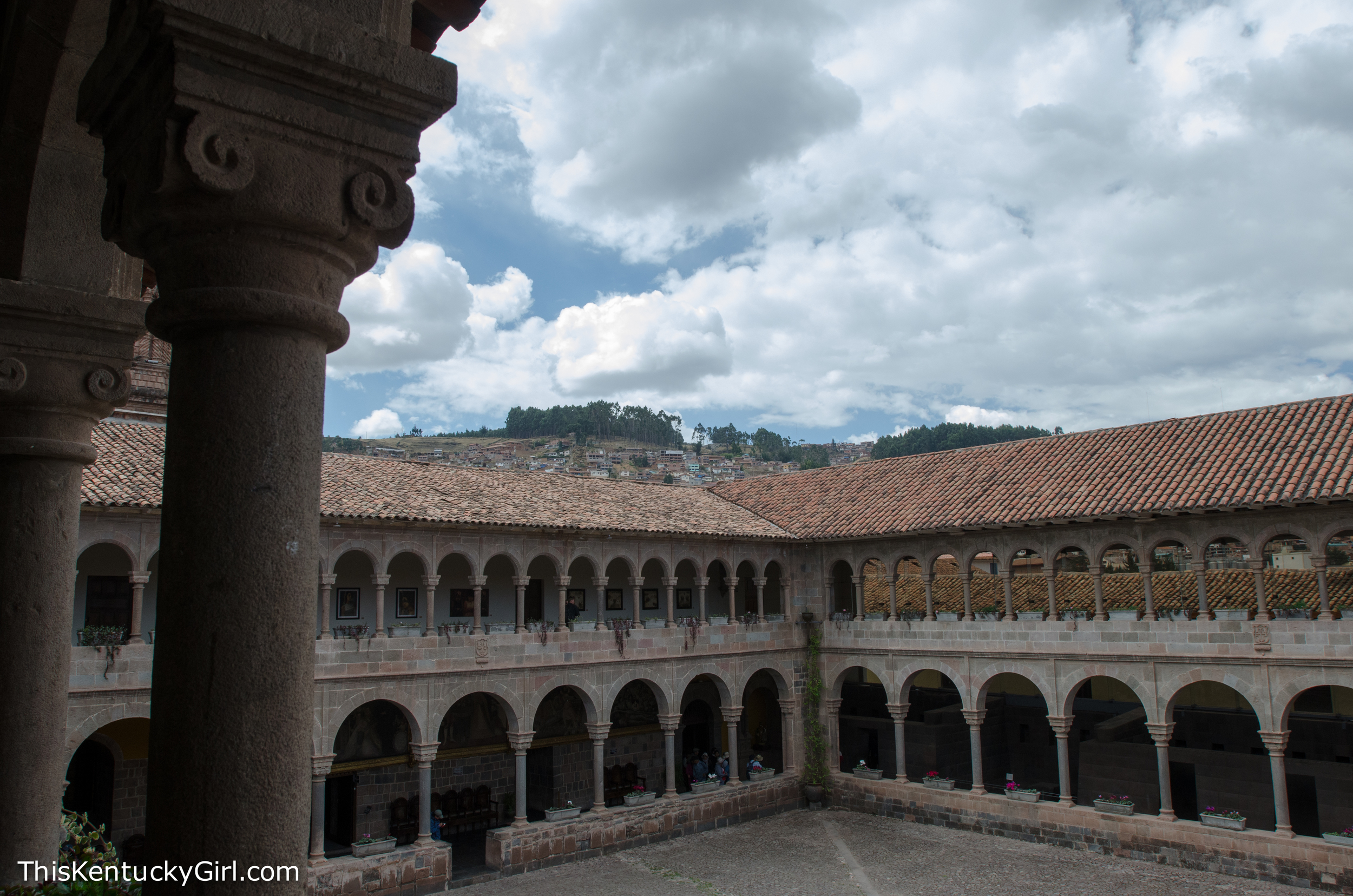
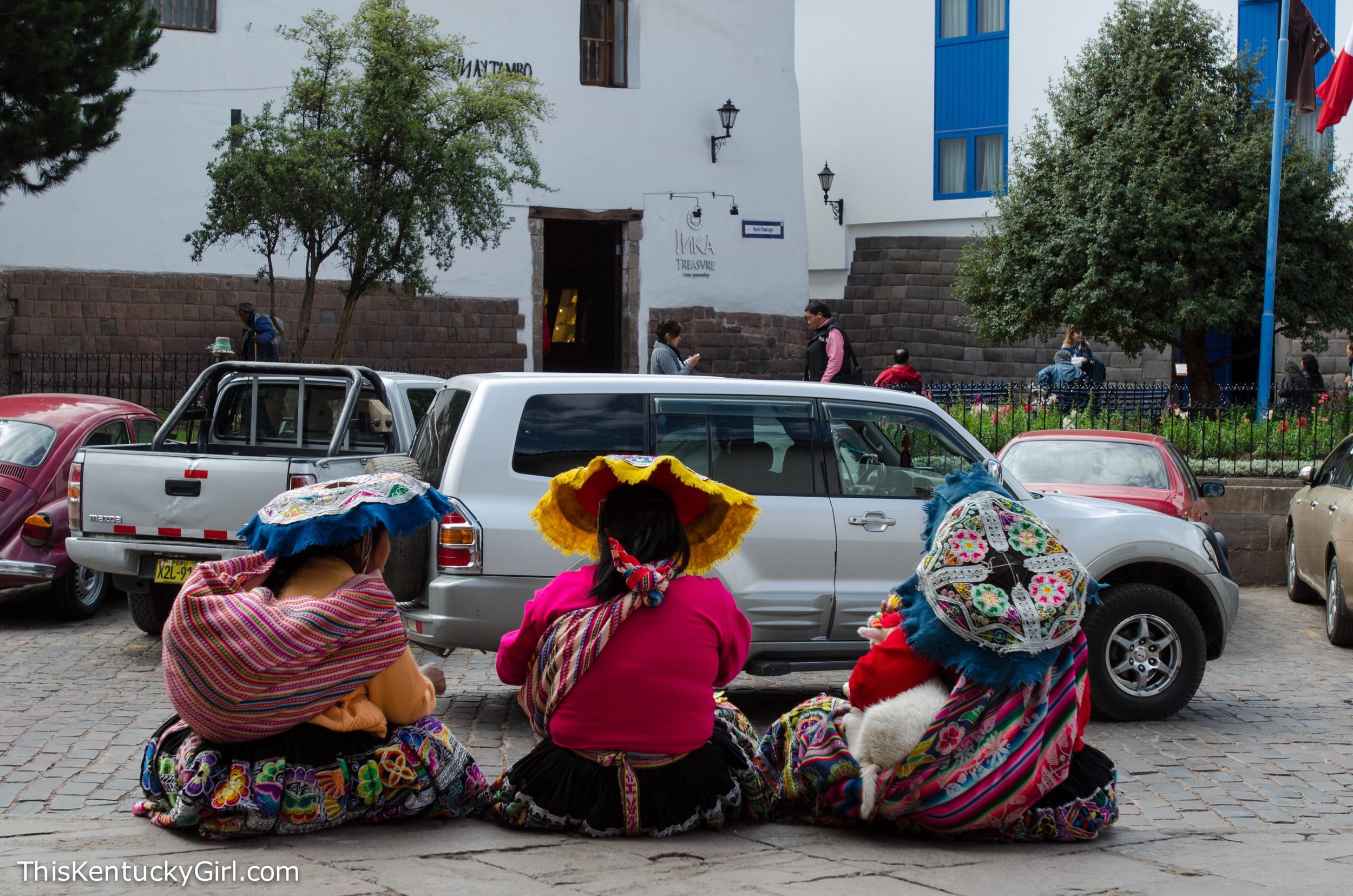
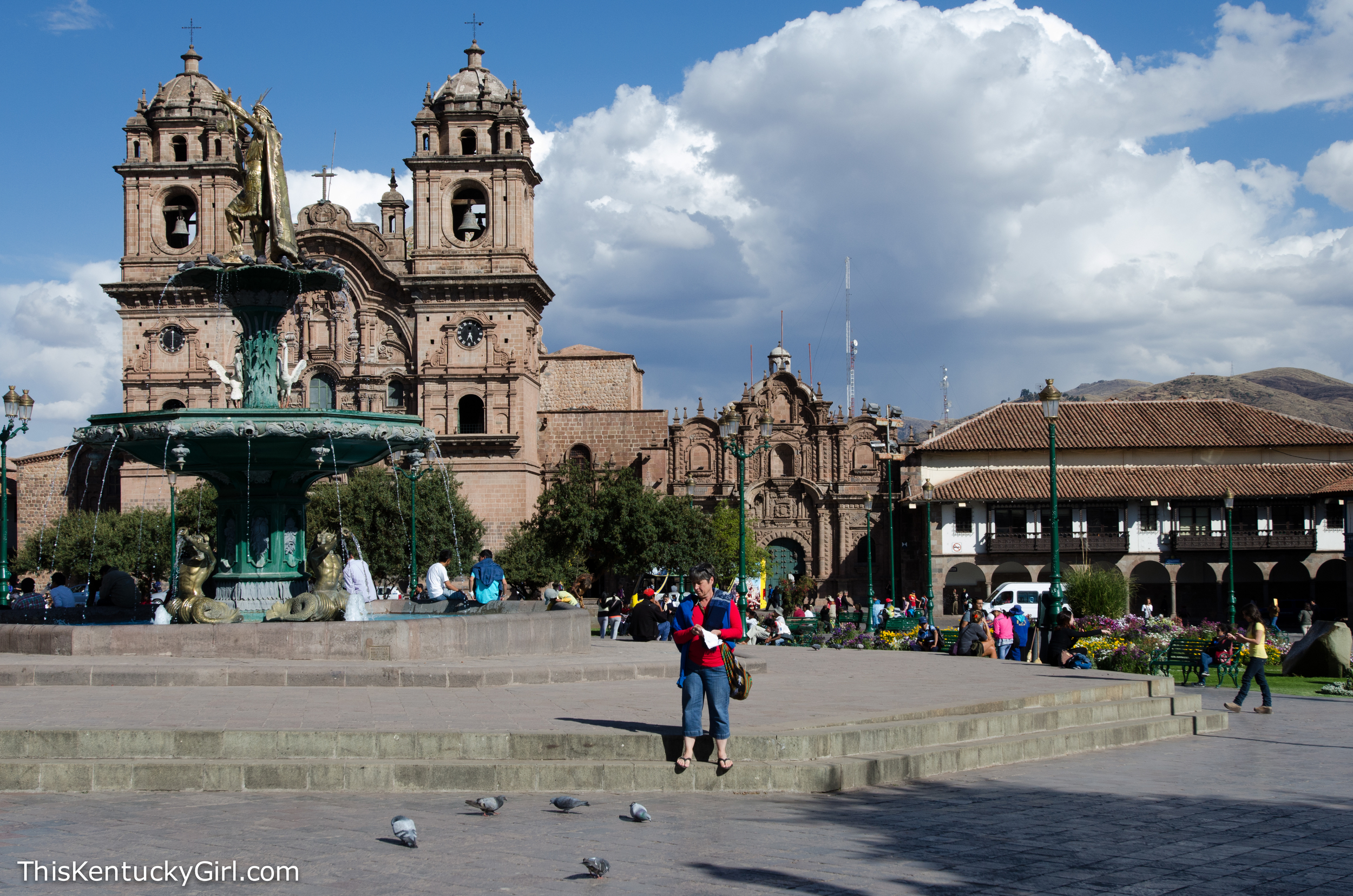
Quirikancha was once the most important temple and the center of the Inca Empire. Once upon a time it was covered in gold, as it was dedicated to the Sun God, Inti. That is, until the Spanish came along and demanded a ransom in place of the Inca Atahualpa, and the temple was stripped of all of its gold. Juan Pizarro, one of Francisco Pizarro’s brothers received Quirikancha and before he died, donated it to the Dominican Order of priests. Eventually, the church that you see behind (or rather, inside the walls of the former Temple of the Sun) the Incan foundation was built.
However, our first stop of the day was the Center for Traditional Textiles, a free museum with rather beautiful displays of the intricate weaving that is so common throughout Peru. I was a little hesitant, but Andrew assured us that it was one of the highest rated museums in Cusco… and Mom had just finished her first course in weaving, so we pretty much had to go.
My favorite part of the museum were the live demonstrations and the half finished weavings that were tied off. After our visit, I noticed that these half woven pieces used as wall hangings instead of scarves or blankets or even wraps were quite popular around Cusco. Again, if I knew exactly how many walls I was returning to, I would have bought them all up! I thought they made such beautiful art pieces, especially knowing that they were preserving a traditional culture that is being quickly replaced by low cost imported string and machinery. The Center for Traditional Textiles is right down the street from Quirikancha, and the Convent of Santo Domingo.
What’s somewhat unbelievable is that the Incan walls were kept entirely intact and the church was built in between the walls of the Incan temple. Above you can see the courtyard, but throughout the building were different Incan rooms that were still free standing with dirt floors and nothing inside. Technically we weren’t supposed to take pictures, but I saw many people freely taking photographs out in the courtyard. I’m not sure why there was a no photo rule- maybe for the interior rooms that held loads and loads of religious art? Either way, it was interesting to walk through, but it made me feel a little uncomfortable wondering how the Incans must have felt back in the day when their most important temple was handed over to an entirely different religion, one that built a gigantic church and monastery around walls that once used to be covered in gold.
The above picture was to show how Quirikancha was at the center of the Incan universe. How other temples in the empire all led to Quirikancha. The picture below illustrates how the Incas looked at the stars. While we look at the stars, and the constellations by connecting the stars together, the Incans looked at the pictures made in the dark spots or shadows in between the stars.
Outside of not only Quirikancha, but throughout the streets of Cusco, women in traditional dress walked around tethered to a grown llama or holding a baby lamb. Often, they would put the lamb in your arms, encouraging you to take a photo, for which you would have to pay for after. I didn’t need a photo of myself with a baby lamb, so I would always get really excited and pet the lamb (simultaneously empathizing for it) until they would realize I wasn’t going to pose for a picture with it.
After The Choco Museo (which was an informative, albeit glorified shop) we wandered around, fed the birds, and coerced Mom into one last drink before her last day began in the morning.
